15 years one-stop China custom CNC machining parts factory

Hey there I’m VMT Sam!
With 25 years of CNC machining experience we are committed to helping clients overcome 10000 complex part-processing challenges all to contribute to a better life through intelligent manufacturing. Contact us now
 243 |
Published by VMT at Jul 04 2022
243 |
Published by VMT at Jul 04 2022
Why use aluminum die casting?
Aluminum CNC machining anodized shells often have a high yield and good appearance and texture, but the cost is high, the amount of CNC machining is large, and the CNC machining cycle is long. Typical cost-effective high-quality chassis, such as the Apple series.
Taking the mobile phone case as an example, when CNC machining is used, it takes more than 30 minutes to complete the cutting, and it is estimated that it will take nearly an hour with the precision CNC machining operation. The die-casting process takes only 20 to 30 seconds to form, and coupled with the precision CNC machining process, the job can be completed in 10 to 20 minutes. The die-cast shell is formed by a mold, and the CNC machining time is short and the cost is relatively low. However, die-cast aluminum CNC machining parts are difficult to anodize.
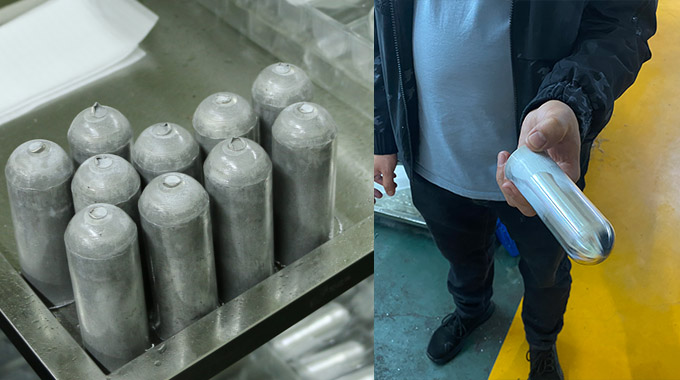
Why are die-cast aluminum CNC machined parts difficult to anodize?
Let's talk about anodizing
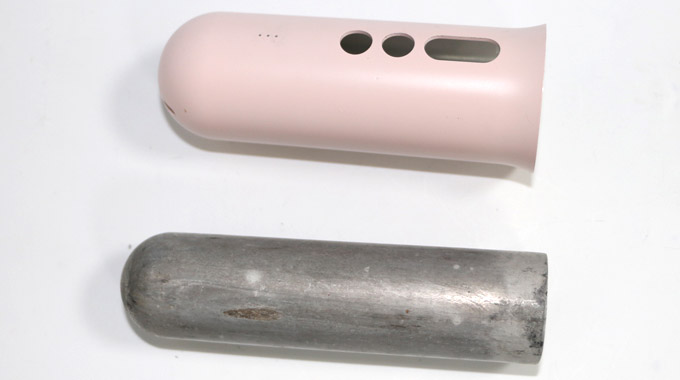
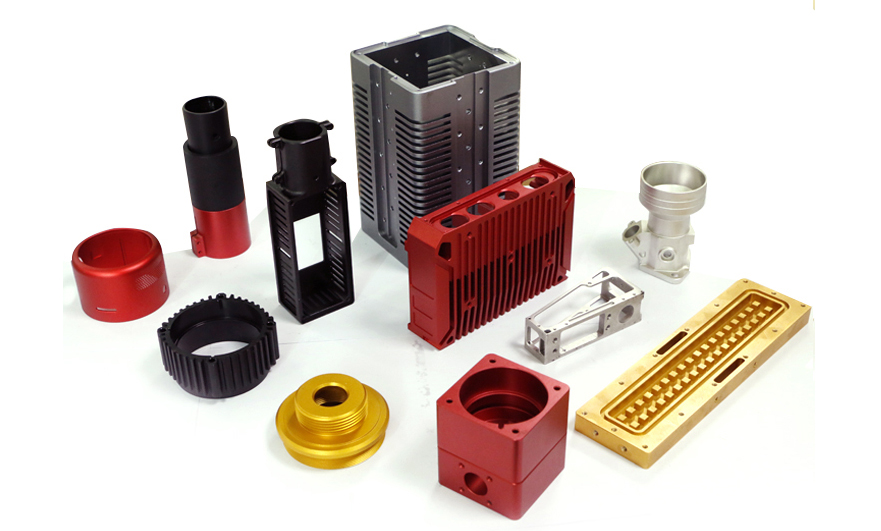
Anodizing is an electrochemical method. In a suitable electrolyte, the alloy piece acts as the anode and the stainless steel, carbon rod or aluminum plate acts as the cathode. Under certain voltage and current conditions, the anode is oxidized, so that the surface of the CNC machined part is covered with a thin film, so the oxide film is porous and can be adsorbed and colored (sulfuric acid anodizing has the best porosity).
Sulfuric acid anodizing of aluminum alloys has limitations
1. The presence of alloying elements will reduce the quality of the oxide film. Under the same conditions, the oxide film obtained on pure aluminum is thicker, with higher hardness, better corrosion resistance and better uniformity. For aluminum alloy materials, in order to obtain a good oxidation effect, it is generally necessary to ensure that the content of aluminum is not less than 95%.
2. In alloys, copper will make the oxide film red, destroy the quality of the electrolyte and increase oxidation defects; silicon will make the oxide film gray, especially when the content exceeds 4.5%, the effect is more obvious; after anodization, it will be Appears in the form of black spots.
Cast aluminum alloys and die castings generally contain high silicon content, and the color of the anodized film is darker, so it is impossible to obtain a colorless and transparent oxide film. Dark grey to dark grey. Therefore, cast aluminum alloys are not suitable for anodizing.
Commonly used die-casting aluminum alloys can be divided into three categories:
One is aluminum-silicon alloy, mainly YL102 (ADC1, A413.0, etc.), YL104 (ADC3, A360);
The second is aluminum silicon copper alloy, mainly YL112 (A380, ADC10), YL113 (A383, ADC12), YL117 (B390, ADC14);
The third is aluminum-magnesium alloys, mainly 302 (5180, ADC5, ADC6).
Al-Si alloy, Al-Si-Cu alloy
For aluminum-silicon alloy and aluminum-silicon-copper alloy, as the name suggests, in addition to aluminum, the main components are silicon and copper; usually, the silicon content is between 6-12%, mainly to improve the fluidity of the alloy liquid and reduce the effect of shrinkage; The copper content is second, mainly to enhance the strength and tensile force; the iron content is generally between 0.7-1.2%, within this ratio, the demoulding effect of the workpiece is better; it can be seen from its composition that this type of alloy cannot be oxidized and colored , even if desiliconization is used, it is difficult to achieve the expected effect. For aluminum-silicon alloys or aluminum alloys with high copper content, it is difficult to form an oxide film, and the formed film is dark, gray, and has poor gloss.
Aluminum-magnesium alloy
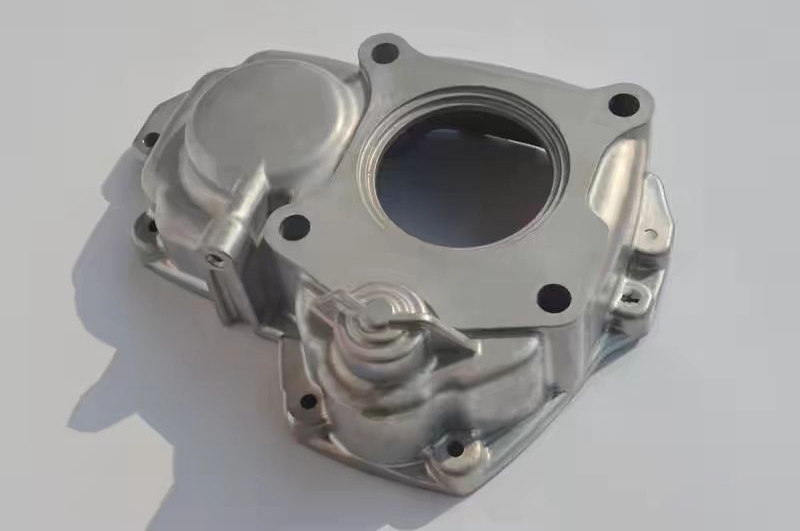
The oxide film of aluminum-magnesium alloy is easy to form, the quality of the film is also good, and it can be oxidized and colored, which is an important feature that distinguishes it from other alloys; but compared with deformed aluminum alloys, there are also some shortcomings.
1. The anodic oxide film has dual properties, and the pores are large and unevenly distributed, so it is difficult to achieve a better anti-corrosion effect;
2. Magnesium has the tendency of hardening and brittleness, reducing elongation and increasing hot cracking, such as ADC5, ADC6, etc. In production, due to its wide solidification range and large shrinkage tendency, shrinkage porosity and cracks often occur, and casting properties Very poor, therefore, there are great limitations in its scope of use, and CNC machining parts with complex structures are not suitable for production at all;
3. The aluminum-magnesium alloys commonly used in the market are difficult to produce a transparent protective film due to their complex composition and low aluminum purity. When anodized with sulfuric acid, it is difficult to produce a transparent protective film, which is mostly milky white, and the coloring state is also poor.
In summary, it can be seen that sulfuric acid anodizing is not suitable for common die-casting aluminum alloys; however, not all die-casting aluminum alloys cannot achieve the purpose of oxidation and coloring, such as aluminum-manganese-cobalt alloy DM32, aluminum-manganese-magnesium alloy DM6, etc. Die casting performance and oxidation performance are excellent.
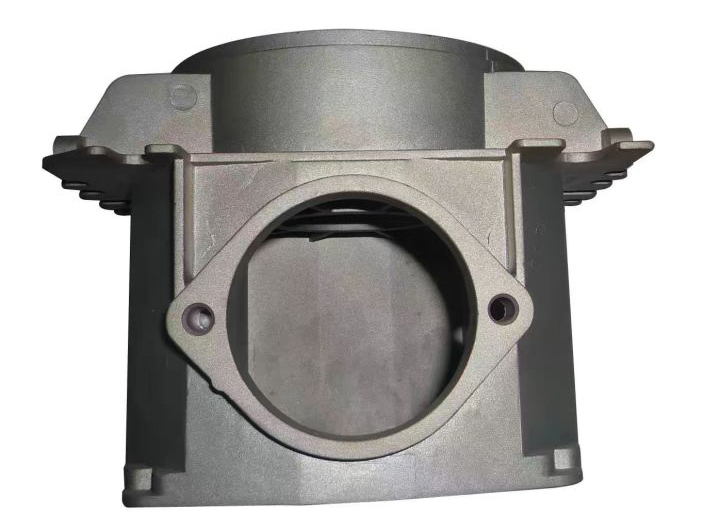
Anodizing Solutions for Die Casting Aluminum CNC Machining Parts
Die-casting CNC machining can complete the structure, edges and corners, and oxidation quality that are difficult to achieve for forging parts, CNC turning parts, and CNC machining parts. The focus is on the quality of die-casting CNC machining parts. determines the quality of the anode. Manufacturers engaged in the oxidation of die-casting CNC machining parts must scientifically control the runner technology of the mold, the die-casting process and the post-processing method. With this series of strict control processes, the smooth production of the oxidation quality can be ensured.
Design of mold runners and gates, and control of mold temperature; due to the characteristics of large aluminum content in raw materials, poor fluidity and high working temperature, the runners and gates of molds are designed based on the principle of short-range design; water channels should be Use a mold temperature machine to ensure the equilibrium temperature of the mold to overcome local supercooling and excessive flow marks;
Use of raw materials to avoid pollution factors; select raw materials with low impurity content; during production and use, eliminate the pollution of silicon, copper, iron and zinc elements, that is, high-quality graphite crucibles must be used alone, and cannot be mixed with other raw materials for production;
Process control of the die-casting process to reduce water marks and black watermarks; use professional mold release agents during die-casting production, scientific spraying, reduce residual water droplets in the cavity, and avoid die-casting water marks; Easy to stick mold;
Pre-processing of the blank; after machining, manual polishing or grinding to remove burrs and oxide layers according to the needs of the product;
The choice of the anode surface treatment plant; because the bottom layer of the die-casting CNC machining parts contains different degrees of shrinkage and stains; therefore, the anode pretreatment must be based on the conventional aluminum alloy parts process, and the method must be adjusted to make the surface oxide layer of the casting clean. Anode process, that is to say, conventional post-oxidation process production cannot meet the oxidation process of die-casting CNC machining parts. Before mass CNC machining and production, it should be tested and audited to verify suitable professional die-casting CNC machining manufacturers.
Ready To Start Your Next Project?
Get Instant Quote

Request a Free Quote
Send us a message if you have any questions or request a quote. We will get back to you ASAP!